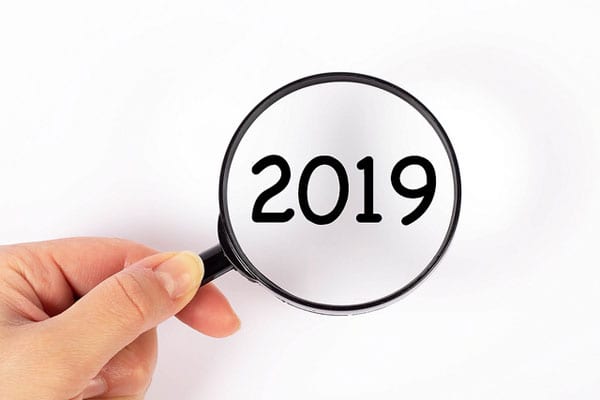
December 31, 2018; Nieman Lab
In his prediction for 2019 for Nieman Lab, Jim Friedlich, executive director of the nonprofit Lenfest Institute for Journalism, wonders how long traditional newspaper chains will endure and what will replace them. While definitive answers are still elusive, Lenfest still finds “reason for optimism” that a new form of local news industry collaboration has begun to take shape—“this time at the intersection of community, philanthropy, and technology more than power, politics, or personality.”
Friedlich’s four collaborations to watch for the coming year are notable, since three of them directly involve nonprofit organizations. He highlights Google and WordPress’s collaboration on a low-cost content management system for small or startup newsrooms. He also cites the American Journalism Project, established by the founders of nonprofits Chalkbeat and the Texas Tribune to “mobilize a movement to support the local press our democracy deserves” as a new support for news organizations. ProPublica, which has a focus on exposing abuses of power and betrayals of the public trust, makes Friedlich’s list for its announcement that it will share its data and expertise with other organizations throughout the country through its Local Reporting Network. Finally, the Knight Foundation, which Friedlich describes as “America’s most generous news foundation,” has doubled its support of local news entities throughout the country, a significant source of optimism for the field.
Sign up for our free newsletters
Subscribe to NPQ's newsletters to have our top stories delivered directly to your inbox.
By signing up, you agree to our privacy policy and terms of use, and to receive messages from NPQ and our partners.
Knight, which is also another of Nieman Lab’s prognosticators, similarly expects “an increase in multidisciplinary collaboration among sectors, institutions, and news organizations working to better serve local audiences” for 2019. As indications of this new direction, the foundation points to stronger local news ecosystems, such as Philadelphia’s Resolve, which is leading a local reporting effort with a goal of identifying new solutions to poverty. Knight also notes the work being done by Cortico, a media technology lab that emerged from MIT, which is now working with the Associated Press, Alabama Media Group, and others “to create an ear-to-ground listening tool that can systematically identify and elevate issues important to their local community.”
Even as a major funder, Knight also acknowledges the need for new sources of journalism support for the new year and beyond. As partnership models, the foundation cites its own collaboration with the Lenfest Institute on a $20 million fund to support local journalism, and the broadened reach of NewsMatch, a national matching-gift campaign that is helping nonprofit news organizations build their audiences, donor bases, and fundraising expertise. Knight has already provided support to The American Journalism Project, and is hopeful the others will join in support of this ambitious effort.
As another perspective on the year ahead, Charo Henríquez, senior editor for digital transition strategy at the New York Times, suggests that “to see what lies ahead on the road for journalism, all we have to do is look back.” Even as the journalism field changes, Henríquez asserts that “we need to build and sustain trust in our audiences.” She adds, “We need to listen, ask questions, and apply that same relentless curiosity we put toward getting a story right to understanding the way we work, the audiences we are serving, and how our industry is changing because of them.” This is useful advice that’s applicable even beyond the news industry.—Anne Eigeman












